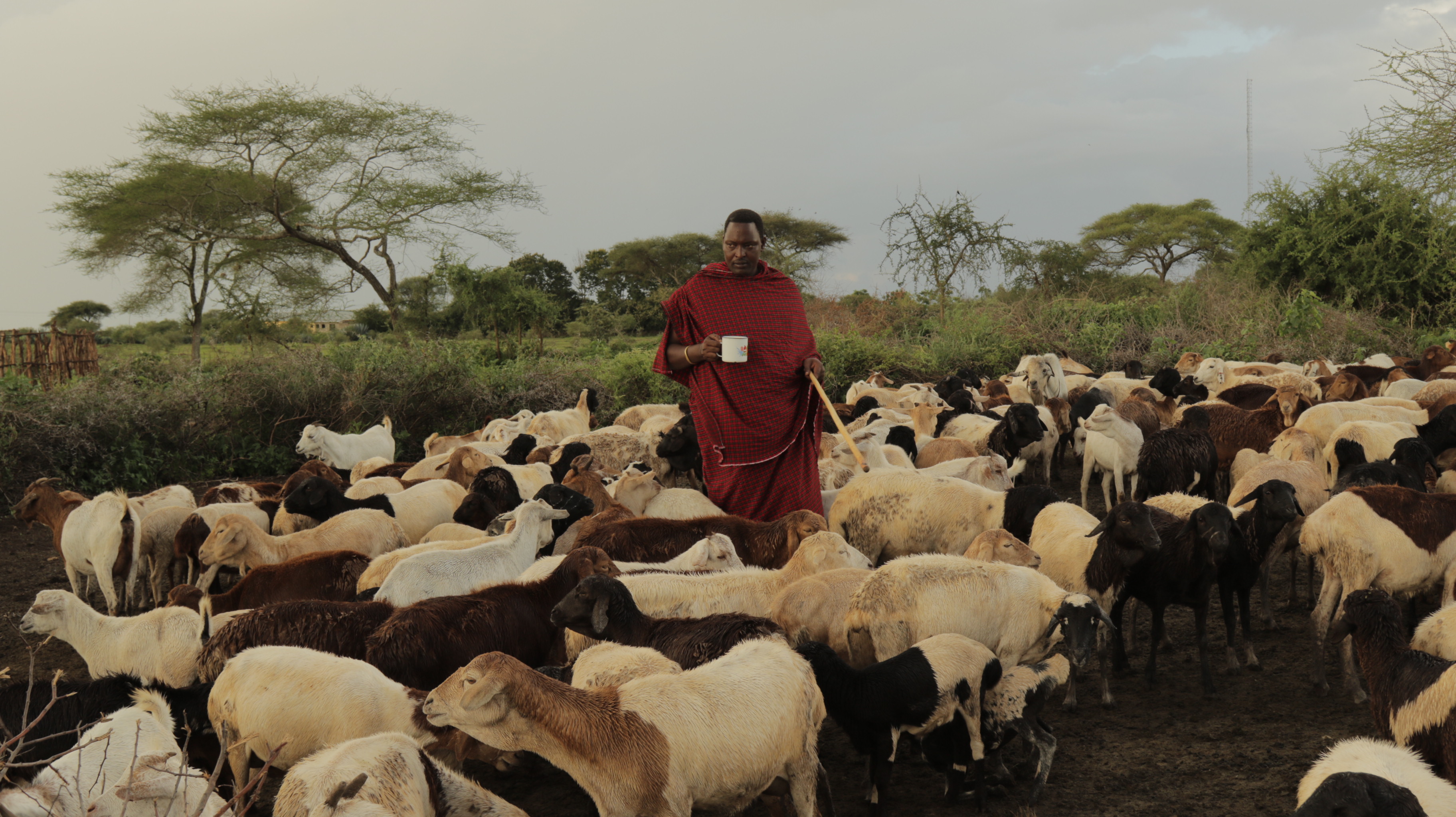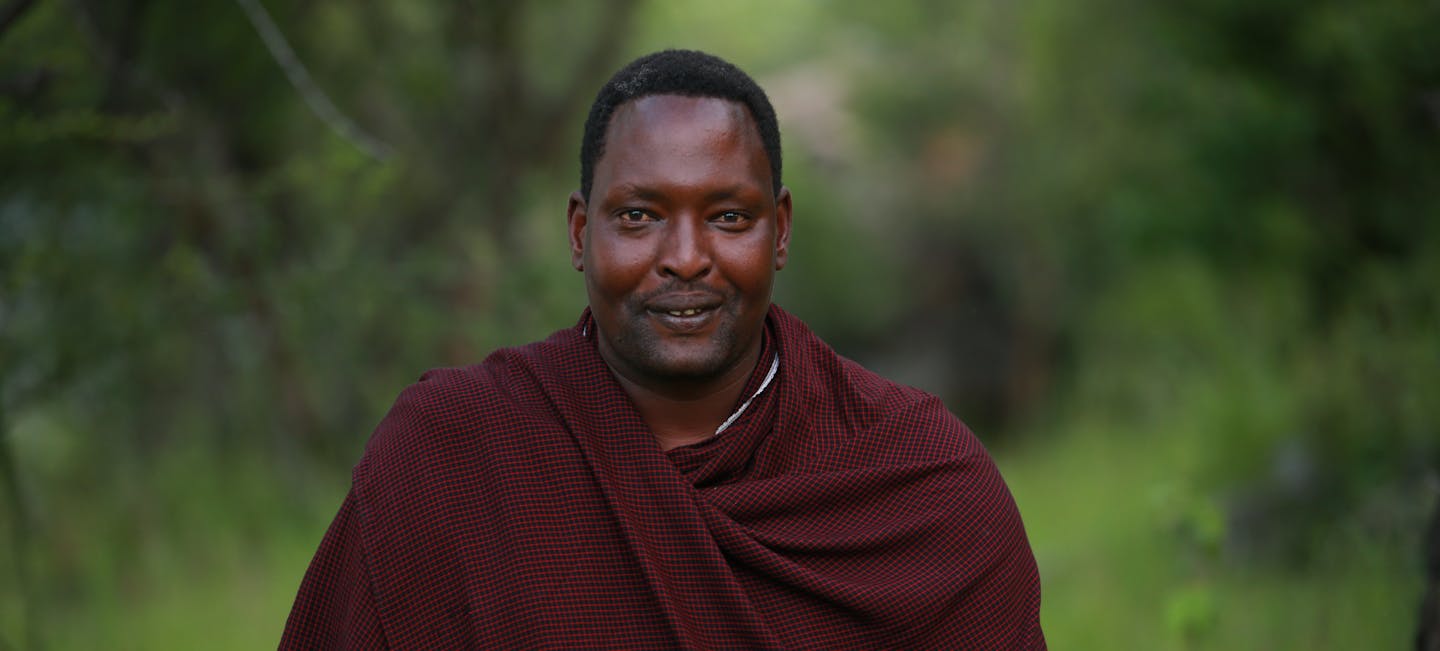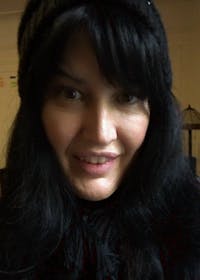Environmental Hero: Edward Loure
Each week One Earth is proud to feature an environmental activist and hero from around the globe who is working to create a world where humanity and nature can coexist in harmony.
Edward Loure grew up as a Maasai in a small pastoral tribe community near Tarangire National Park, while some people call it ‘the bush’ for Edward it has always been called home. He grew up in the Simanjiro plains, where his family raised cattle, leading a peaceful semi-nomadic life.
The three attributes of the Maasai are cattle, natural resources, and cultures & traditions. While growing up, Loure learned about the coexistence between livestock, wildlife and communities by watching the wildlife and their migratory routes. It’s with this in mind that inspired him to work with the Ujamaa Community Resource Team (UCRT) to protect the Maasai's land and traditional way of life which includes protecting the pastoral lifestyle.
Communities of pastoralists have lived off the land for generations, in coexistence with migrating native wildlife. The Maasai are mindful to move their herds according to the seasons, watching to make sure their livestock do not overgraze the land and share resources with the other animals that keep the ecosystem in balance. As Edward grew older he realized the lands were shrinking exponentially and his access was being blocked with the popularity of tourism and the building of national parks that pushed out the Indigenous peoples from their lands, causing them to become “conservation refugees.” The government was also selling land in secrecy to the safari and hunting industry without consulting the Indigenous community.

Edward Loure grew up in the Simanjiro plains, where his family and other Maasai community led a peaceful seminomadic life raising their livestock in harmony with the surrounding wildlife. Image credit: Courtesy of Goldman Environmental Prize
Edward’s education in management and administration made him the perfect candidate to lead the UCRT movement and with the encouragement from Maasai elders, he found an opportunity to establish communal rights for the land they have been safeguarding for years. He started looking into land rights and found that the law is divided in three main parts: one is conserved land (for national parks), the second is about general land (the land for individual people), and the third is about communal land. It’s the third part that Edward focused on because communal land is where groups of people with the same interests can receive a Certificate of Customary Right of Occupancy (CCRO). CCROs land is demarcated on maps and governed by by-laws keeping it secure for 99 years.
After learning about this, Edward and the UCRT team met with the Hadza tribe一one of the oldest surviving cultures who have lived sustainably off the land for 40,000 years by hunting and gathering. Once Loure gained their trust, they moved forward with their plan to secure community land rights. Working with the Hadza paid off and the Tanzanian government issued the first-ever CCRO to one of the Maasai community. Overall, Edward and his team have now secured over 200,000 acres of rangeland through CCROs.
The CCROs have improved the livelihoods of the Indigenous tremendously. With land rights guaranteed, the community is flourishing. The cattle are healthier which means the community of people are healthy while also improving the economy. Also, gender rights have equalized and where women were once not a part of the conversation, their opinions now matter and they have a say in decisions that are being made.
Edward continues his work with UCRT to replicate the CCRO model for all of Tanzania. Their goal is to scale up efforts so that community-based land titling becomes a key component of land use planning and management that balances the needs of Tanzania’s people, its environment, and economy.


